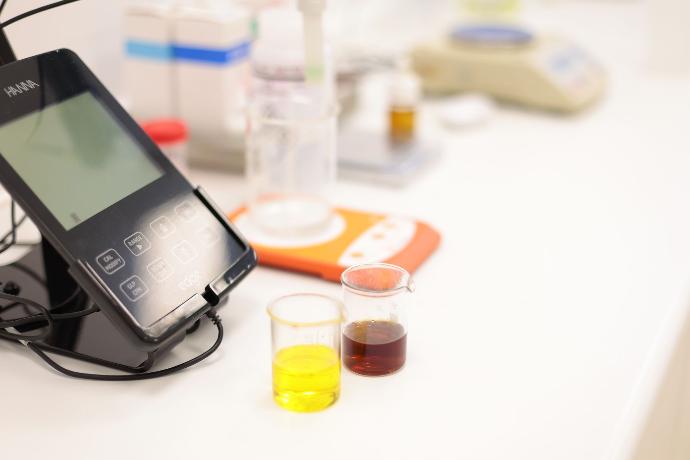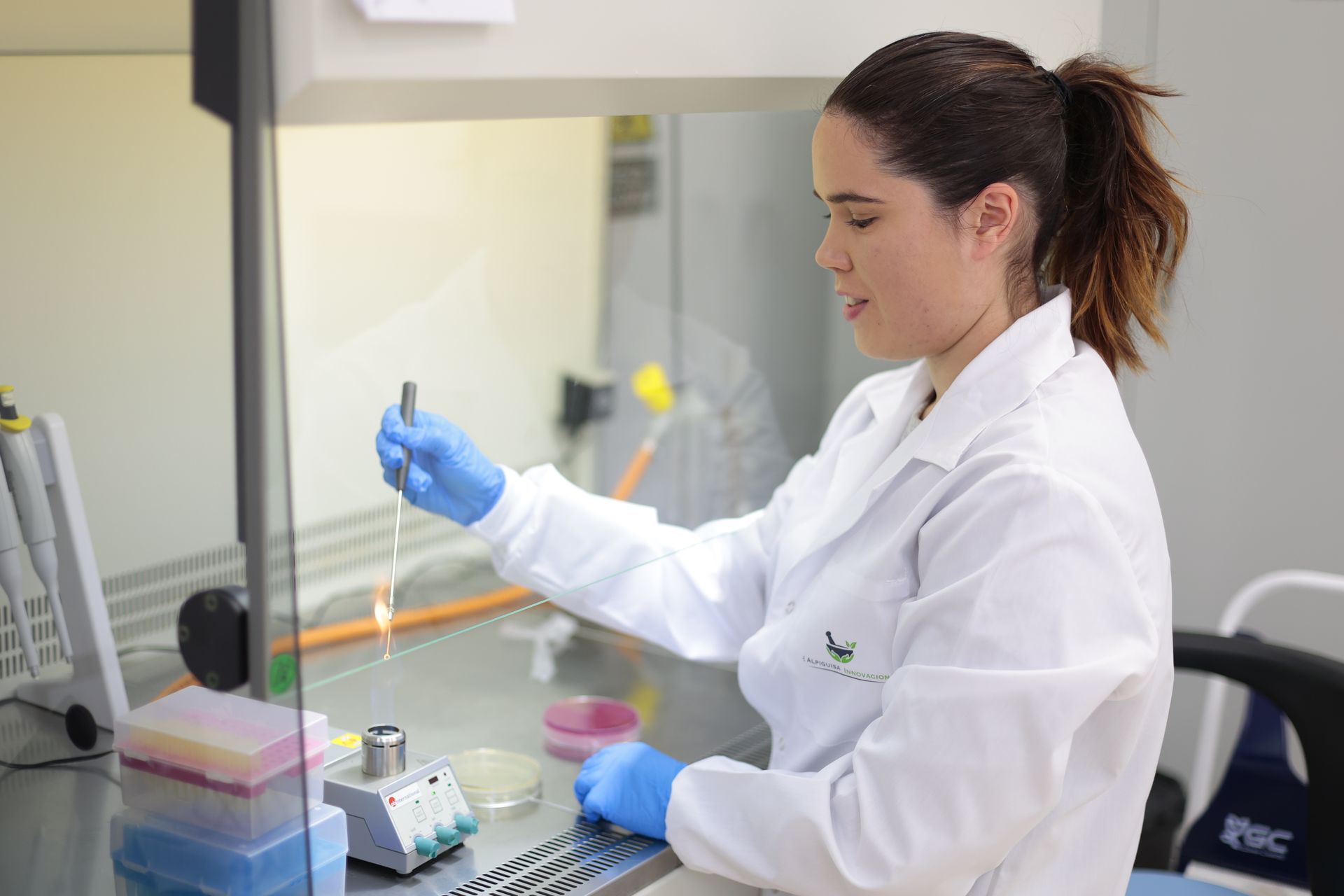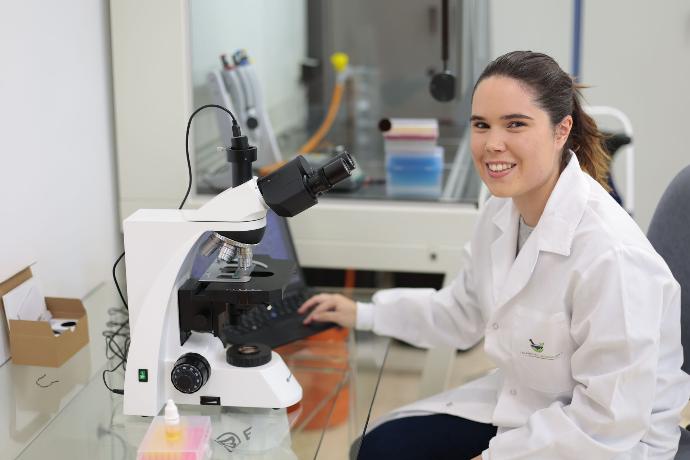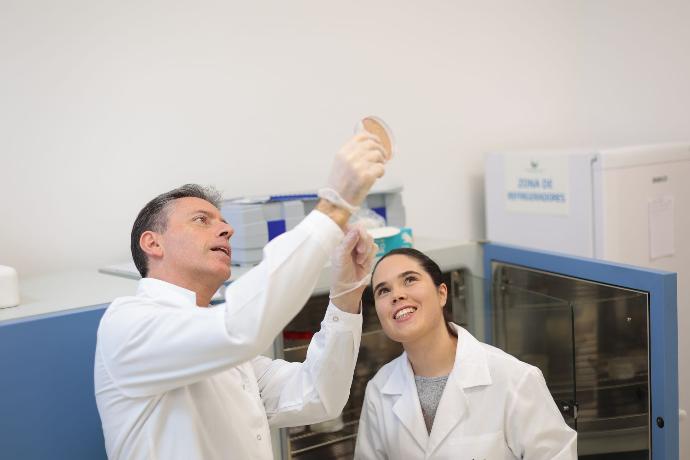All cosmetic products marketed in the European Union must undergo microbiological testing to ensure that the product is safe for the consumer. Regarding the 1223/2009 regulation ,the responsibility for placing a safe cosmetic on the European market for the consumer rests with the cosmetic manufacturer..
In our laboratory we carry out these microbiological analyses following the different UNE-EN-ISO (1) standards for microbiology in cosmetics. The aim is to check that the finished product complies with the established microbiological limits and is free of certain pathogenic microorganisms, in order to market cosmetics that are safe for the consumer.
(1) Enumeration of microorganisms and UNE-EN-ISO 18415 / 18416 / 21150 / 22717 / 22718 (detection of specified pathogens). To check that the finish product accomplishing with the microbiological limits established in the UEN-EN-ISO 17516 standard and does not suppose a risk health.
When it is mandatory?
Microbiological testing must be carried out on each production batch of a cosmetic product. Compliance with the microbiological specifications is necessary to proceed with the release of the batch for sale.
This type of analysis must be carried out on all types of cosmetic products except those declared as "low microbiological risk" (2).
(2) The designation "Low Microbiological Risk Product" is determined on the basis of certain characteristics of the formulation (high alcohol content, pH below 3 or above 10 or very low aqueous activity) and the type of packaging (single dose). It is necessary to carry out a special study of the products that meet these characteristics. In the Alpiguisa Innovation laboratory we help you in this study and advise you on the analyses necessary for your formulations in order to comply with the regulations and market a safe product.
Why making an analisis?
To ensure that the cosmetic product placed on the market is safe for humans, we must meet the requirements set out in the regulation described above. To do this, the cosmetic must undergo two different tests:
-
Aerobic micro-organism count test according to ISO 16212: we check whether your product contains aerobic bacteria and yeasts/moulds and, if so, whether it complies with the microbiological limits according to ISO 17516..
-
Pathogen test according to the above mentioned ISO: the final product must be free of pathogens:
E. coli (ISO 21150)
Staphylococcus aureus (ISO 22718)
Pseudomonas aeruginosa (ISO 22717)
Candida abicans (ISO 18416)
Aspergillus niger brasilenis (ISO 18415)
Types of cosmetics?
There may be some cosmetic products that are declared as "Low Microbiological Risk Products" and do not require this analysis.
A case-by-case study will be carried out and will be based on a history of analysis supporting this designation.
Therefore, this analysis shall be performed in all cases where a product is produced for the first time.
This type of analysis is required for all types of cosmetic products (solids, aqueous liquids, non-aqueous liquids and powders).
.
If you have a question, just send a message






